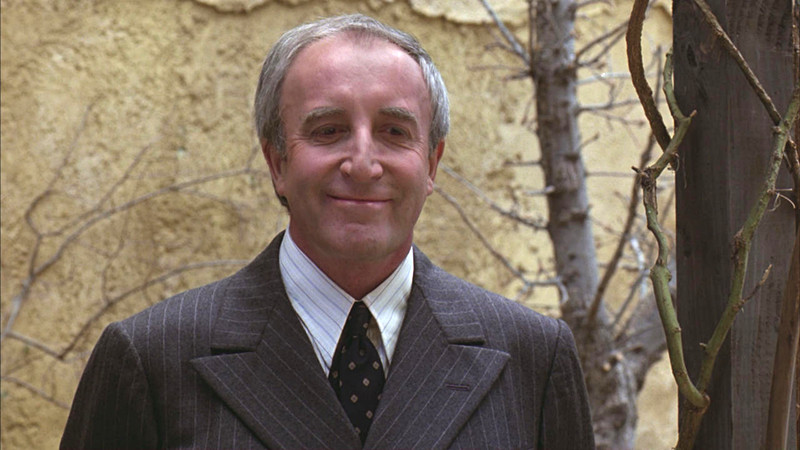
Filmmaker Hal Ashby had a remarkable run in the 1970’s as a director of deeply humanistic dramas and comedies, demonstrating a total mastery of tone and pacing, and always allowing generous space for his actors to deliver amazing performances. Yet somehow, his movies were frequently overlooked upon their initial release, overshadowed by flashier filmmakers and their more commercially friendly output.
Yet, over the years, time has been very kind to Ashby’s cannon, and his work has caught a second wind with critics and audiences who are eager to relive the glory days of the 1970’s studio system, which consistently turned out some of the most dynamic and interesting films from any time period.
10. 8 Million Ways To Die (1986)
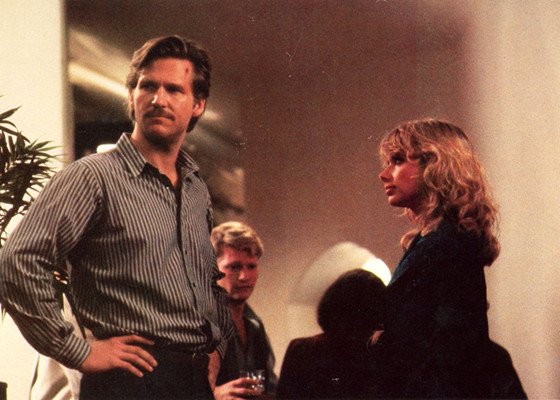
Barely released in 1986, 8 Million Ways To Die was Ashby’s take on the crime film, and would serve as his final major motion picture. This was the first attempt to cinematically adapt the Matt Scudder detective story series from author Lawrence Block, with a gritty screenplay coming from future auteur Oliver Stone, with uncredited rewrites taking place by Robert Towne and R. Lance Hill (who ended up using the pseudonym David Lee Henry).
Starring Jeff Bridges, Rosanna Arquette, and Andy Garcia in one of his first leading roles, the movie died a very fast box office death, and was met with savage reviews from critics. It’s still not even available on American DVD or Blu-ray, with only a Region B DVD currently available.
The film isn’t very good, and feels compromised in many instances, but there’s still something fascinating going on within the narrative and with certain aesthetic choices made by Ashby.
The filmmaker was reportedly fired from the movie before it was finished, which might explain why the film feels so choppy, as he wasn’t allowed to collaborate on the editorial process. It’s an odd film, with some cool moments, but exists as a curious “What if?” on Ashby’s mostly blemish free filmography.
9. Let’s Spend the Night Together (1982)
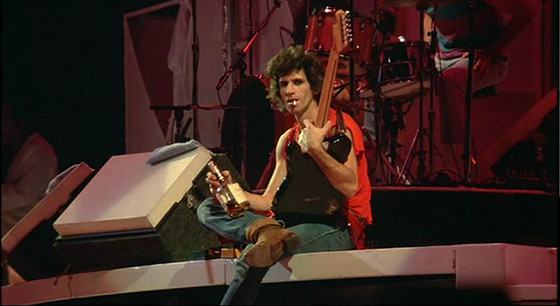
Let’s Spend the Night Together is a live concert film, documenting The Rolling Stones’ 1981 North American Tour, and which was directed by Ashby toward the end of his career after a long string of major studio features.
Released in the winter of 1983 where it was curiously shown as a double feature along with The Pirates Of Penzance, it was shot at the Meadowlands Sports Complex in New Jersey in November of 1981 and Sun Devil Stadium in Arizona in December of 1981, and rather than take an introspective look at the group, it served as an exciting platform for their music.
With camerawork handled by the legendary Caleb Deschanel (The Natural, The Black Stallion), there’s an intensity to the concert footage that’s impossible to deny, and it’s easy to see how Ashby likely got along very well with the band members. The film is nothing more than the Stones jamming out to their greatest hits, so for fans of the group, this is a must-see piece of easy entertainment.
8. Lookin’ to Get Out (1982)

Released in a compromised form in 1982, Lookin’ to Get Out found Ashby back in full on comedy mode, taking on a jaunty, semi-improvised project written by Al Schwartz and Jon Voight, who also starred as degenerate gambler who heads out to Vegas with his partner (Burt Young), in an effort to hit it big and avoid punishment from the hoods to whom they owe gambling debts.
The film was loosely scripted and feels it in many spots, and features a seven year old Angelina Jolie in her screen debut as Voight’s daughter. The lovely Ann-Margaret made a colorful supporting turn, while the film has a tone that is both comedic and dramatic in just about equal measure.
This was one of the last big movies of Ashby’s career, which was compromised by drug and alcohol abuse and repeated fights with producers and executives, resulting in a huge fight with the studio, and him losing final cut of the picture. As legend has it, Voight was at a speaking engagement at USC, and discovered that a version of the film being shown to students was somehow Ashby’s original cut, which had been considered gone, lost, or buried.
Voight brought it to the attention of Warner Brothers, who then released Ashby’s director’s cut on DVD in 2009. While not a bad film, it’s entertaining and frequently smart and funny, but it doesn’t have that special spark that made his films from the 70’s so unique. But for fans of this filmmaker, it’s worth seeking out.
7. The Landlord (1970)
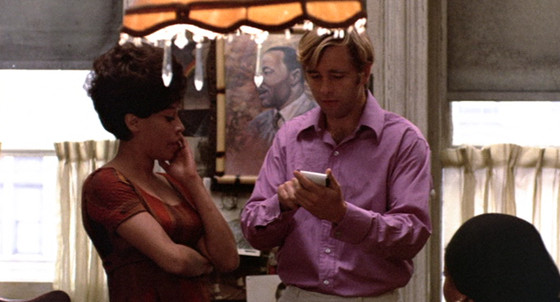
The Landlord was Ashby’s first film, and was based on the 1966 novel by Kristin Hunter, with an adaptation by Hunter and influential American writer/director Bill Gunn, whose film Stop is something of unreleased cinematic legend.
Beau Bridges starred in the leading role as a moneyed landlord of an inner-city tenement, totally oblivious to the fact that the people he is renting too are low-income residents who value the rule of the street before anything else. He’s got an idea to have all of the renters evicted, thus allowing himself to overhaul the apartment complex into a luxury home for himself.
Featuring a supporting cast which included Oscar nominee Lee Grant, Diana Sands, Pearl Bailey, and Louis Gossett, Jr. and shot by the legendary Gordon Willis, the film served as a clear launching pad for Ashby’s interest in class distinction, social values, and the unique ways that interpersonal relationships shape the world around us.
Produced by Norman Jewison (Ashby had served as his editor on four previous pictures), the film now seems like some sort of lost relic, overshadowed by bigger films on Ashby’s incredible resume, but it still packs an emotional and humorous punch, while also serving as a fairly scathing and satirical indictment of a particular type of people at a particular time in America.
6. Shampoo (1975)
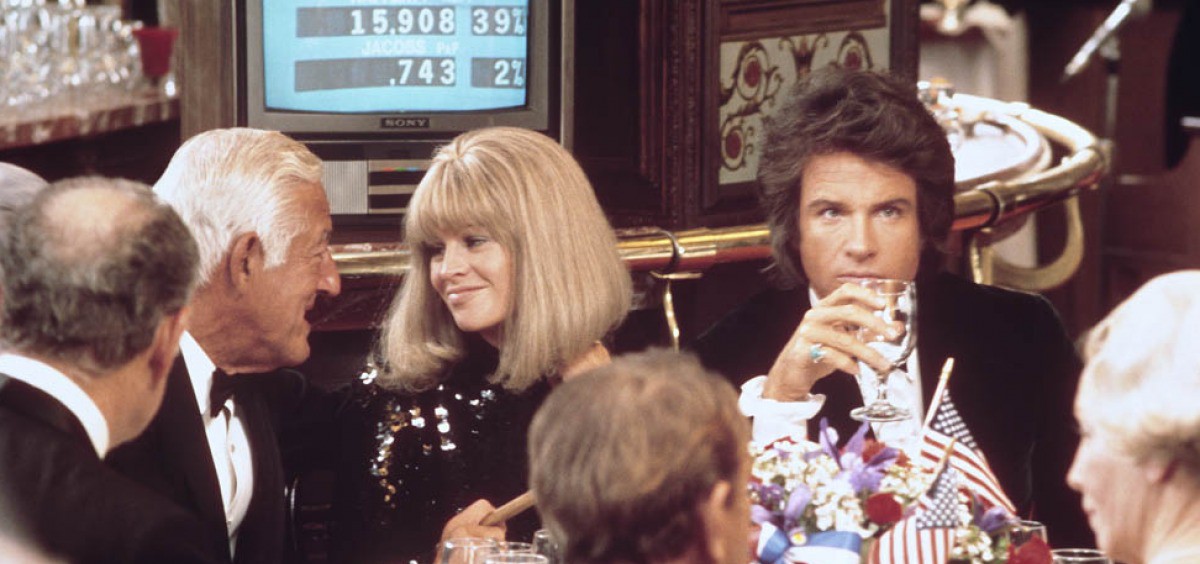
Ashby had such an extraordinary run of directorial efforts in the 1970’s, and one of his funniest, sexiest movies was Shampoo, a piercing satire of the sexes, which was co-written by star Warren Beatty and screenwriting legend Robert Towne (Chinatown).
Shot in a casually stylish manner by the extremely prolific László Kovács (Five Easy Pieces, Paper Moon, Ghostbusters), this is a sex comedy in its purest form, with the shifting social codes and barriers firmly on display and ready to be picked at and smashed, while Ashby was up to his normal subversion of material from within the script’s fine details.
Beatty is one of the ultimate big-screen womanizers in this film, bouncing from one beauty to the next, but none more alluring than the bewitching Julie Christie, who in this film, has one of the ultimate come hither glances that has ever been put up on the silver screen.
Beatty, playing a composite of flamboyant real life hair dressers (some say that the infamous producer Jon Peters was an inspiration), is trying to get a loan for his business, while juggling the many women who have fallen under his spell, with the narrative set against the backdrop of the 1968 Presidential election.
Jack Warden is absolutely hilarious (the scene with him walking into the plate glass window at the party is an all-timer), Tony Bill has some priceless supporting moments, and an extremely cute Goldie Hawn is also featured as one of Beatty’s many lovely girlfriends.
Carrie Fisher has a brief appearance (her screen debut), while the film, typical for Ashby, has an eclectic soundtrack and some seriously fluid editing. In the top five box office hits from 1975, this is yet another classic film that drops you in the middle of the action right at the start, and over the course of two hours, tells an intimate, funny, and ultimately sad story of people facing the many crossroads of life and passion.